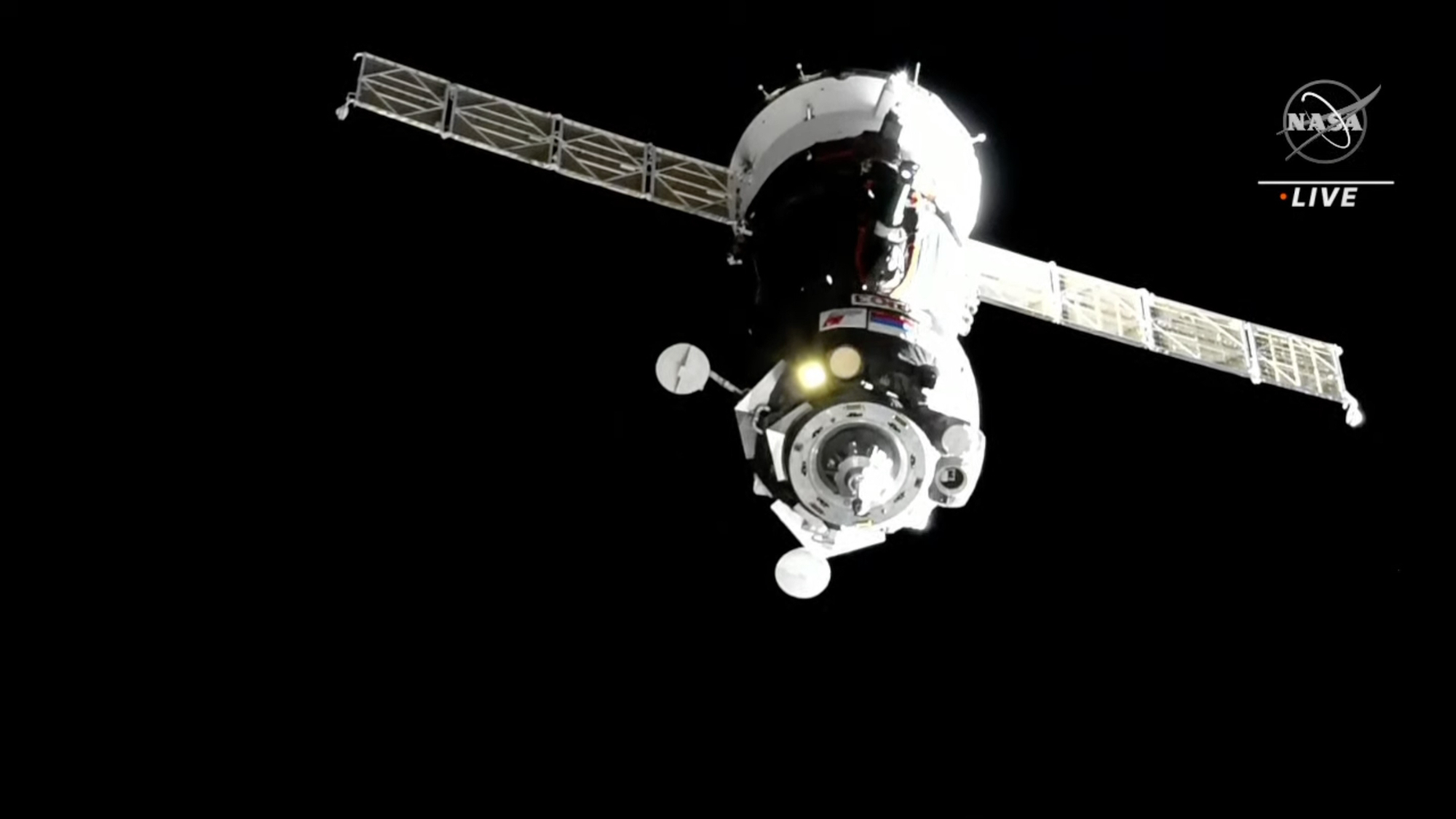Self-docking spacecraft could be built with AI system similar to ChatGPT

Docking one spacecraft with another is a delicate matter. No matter what spacecraft are involved, docking requires a series of extremely precise maneuvers. One slip can result in a major crash and a disastrous mission failure.
Predictably, docking without a human in the pilot’s seat is incredibly tricky. Automatic docking is possible in Earth orbit, but if engineers want to build truly self-driving autonomous spacecraft capable of docking procedures, they’ll need to give them the capacity to actually plan out their own docking maneuvers. Most spacecraft today simply do not have that ability. But some researchers have devised a plan: Delegate the task to an artificial intelligence system quite similar to the one behind ChatGPT.
Related: Machine learning could help track down alien technology. Here's how
Researchers have been trying to make computers perform docking maneuvers since the 1960s, during the very early days of the Space Age. The problem, however, has been that, to properly calculate necessary trajectories for accurate docking, you need a lot of computing power. A spacecraft trying to dock itself away from Earth, or a spacecraft out of reliable contact with ground control, needs to crunch numbers with its own onboard computer — which typically is not a supercomputer.
"For autonomy to work without fail billions of miles away in space, we have to do it in a way that on-board computers can handle," says Simone D’Amico, a professor of aeronautics at Stanford University and one of the researchers, in a statement.
D'Amico and colleagues devised an alternative, artificial intelligence-based method. Their method relies on the Transformer architecture. That's the same type of machine learning that powers ChatGPT and many of its fellow AI chatbots. The researchers call it "Autonomous Rendezvous Transformer," or ART. Instead of dealing with words as ChatGPT does, however, ART crunches spacecraft trajectories.
The goal is for a spacecraft to run ART with its own onboard hardware. It is still early days for ART, but the researchers showed its worth by testing it in computer simulations. Now, they want to test it in a mock space environment. If they can show it works there, then they can take ART into orbit.
Breaking space news, the latest updates on rocket launches, skywatching events and more!
The researchers presented their work at the IEEE Aerospace Conference in March 2023, after a preprint was published on arxiv in October 2023.

Rahul Rao is a graduate of New York University's SHERP and a freelance science writer, regularly covering physics, space, and infrastructure. His work has appeared in Gizmodo, Popular Science, Inverse, IEEE Spectrum, and Continuum. He enjoys riding trains for fun, and he has seen every surviving episode of Doctor Who. He holds a masters degree in science writing from New York University's Science, Health and Environmental Reporting Program (SHERP) and earned a bachelors degree from Vanderbilt University, where he studied English and physics.
